by E. Ross Gibbs – M/MA Member The first day of January, 1958, I was transferred from VP-50 at N.A.S in Oak Harbor, Washington to N.A.S in Alameda, California to VR-2 for duty. I was assigned to power plants maintenance with additional orders for assignment to R3Y flight engineer school in March of 1958. The
by E. Ross Gibbs – M/MA Member
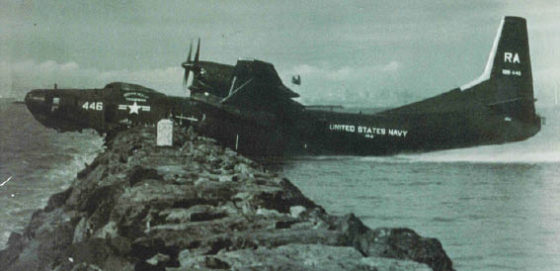
R3Y 446 on seawall
The first day of January, 1958, I was transferred from VP-50 at N.A.S in Oak Harbor, Washington to N.A.S in Alameda, California to VR-2 for duty. I was assigned to power plants maintenance with additional orders for assignment to R3Y flight engineer school in March of 1958. The class was canceled.
The aircraft was advanced for its time. It had “four twin” turbine Allison T40-A-10 turboprop engines. The turbines powered a common gearbox for each engine. The gearboxes had two prop shafts; one inside of the other to accommodate the huge six-bladed counter-rotating propellers. The aircraft was pressurized and air-conditioned. The beaching gear for the aircraft was a very large motorized Amphibian barge with its own operators on board.
The last flight was a Trans Pac to Hawaii and back to Alameda. On the flight back, the aircraft had a catastrophic failure of the No.2 engine gear box that resulted in a separation of the gear box and the propeller system from the aircraft. The propeller damaged the No.l propeller before severely slicing the port side of the aircraft forward of the wing.
This in turn caused an explosive decompression of the aircraft’s pressurized hull. It was a miracle that the flight crew was able to recover from this situation. With much luck and superior skill, the flight crew was able to fly back to Alameda and make an emergency landing in the sea drome.
After landing, the aircraft developed further engine control problems which resulted in the crew not being able to steer the aircraft except for rudder control. They were all over the sea drome for an extended time burning fuel. The damage done to the aircraft by the No.2 propeller severed controls and electrical means of shutting down the engines. After a long period of time, the flight crew elected to beach the aircraft into the harbor seawall.

R3Y 446 beached on seawall at NAS Alameda. Engines No1, No3 and no4 still underpower, No2 Propellor and Gearbox Missing
There were no injuries sustained after the beaching of the aircraft. (Note: Although, the maintenance officer of the squadron was running down the seawall to get to the aircraft when he fell and broke an ankle.)
It was not until over one hour after beaching the aircraft that the crew was able to shut down the engines.
Problems with the engine/propeller combination led to the ending of Tradewind operations and the unit was disbanded on April 16th, 1958.
Author Notes
The R3Y set a transcontinental seaplane record of 403 MPH in 1954 by utilizing the speed of high altitude Jetstream winds. The record still stands.
Six R3Y-2s were converted into four point in-flight tankers using the Probe-and-Drogue method. One example of this was in September of 1956 with the first aircraft to successfully refuel four other F9F Cougars simultaneously in flight.
Even though the design proved to be inefficient, the episode with the R3Y Tradewind seaplane inspired later designs and engineering by Allison and Lockheed aircraft which were outstanding in the use of turbo prop installations on the Navy P3 aircraft, some of which are still flying today, over fifty years later.
Over fifty years have passed since the events of this article. l have written what I can recall to the best of my abilities.
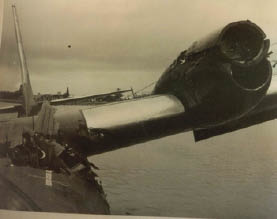
Damage to aircraft fuselage forward of left wing
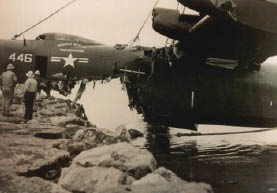
R3Y 446 being lifted away from seawall by salvage crew
3 comments
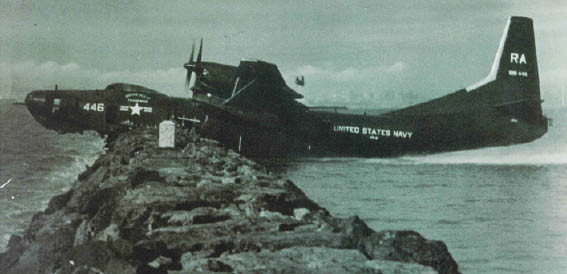
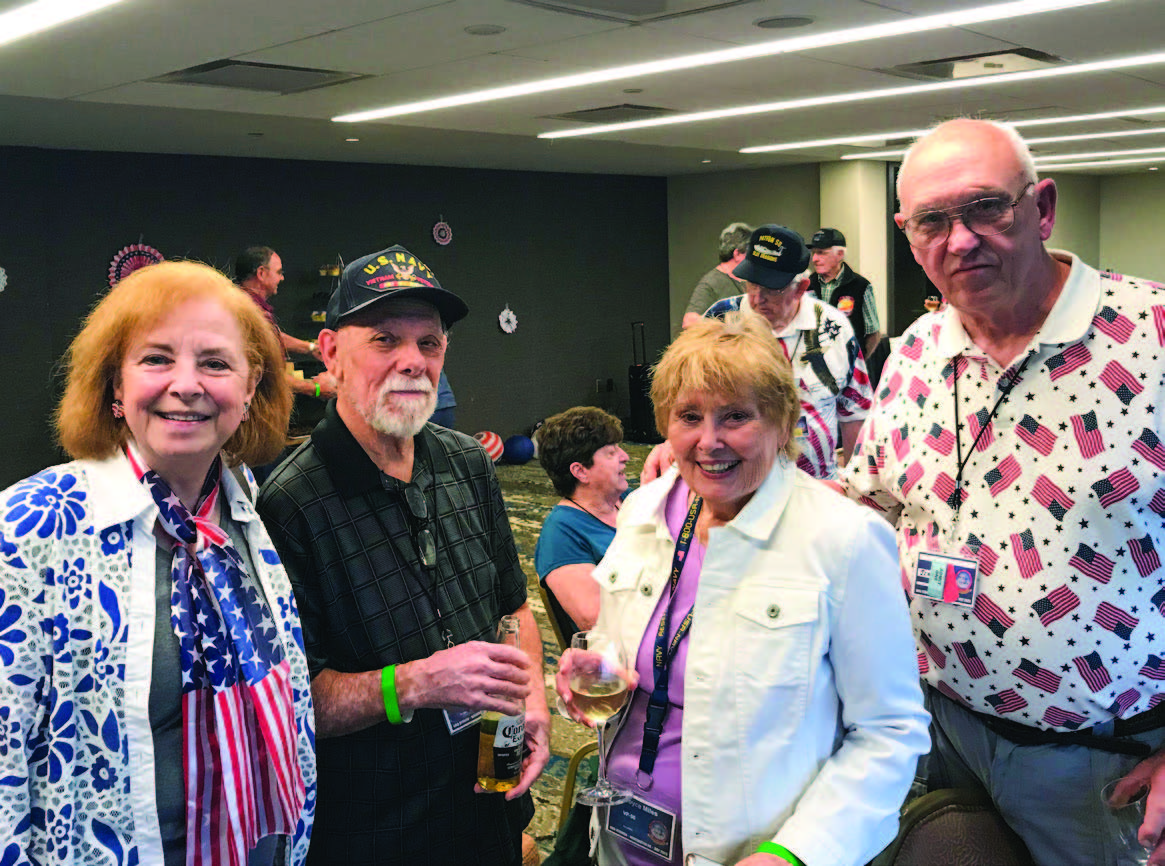
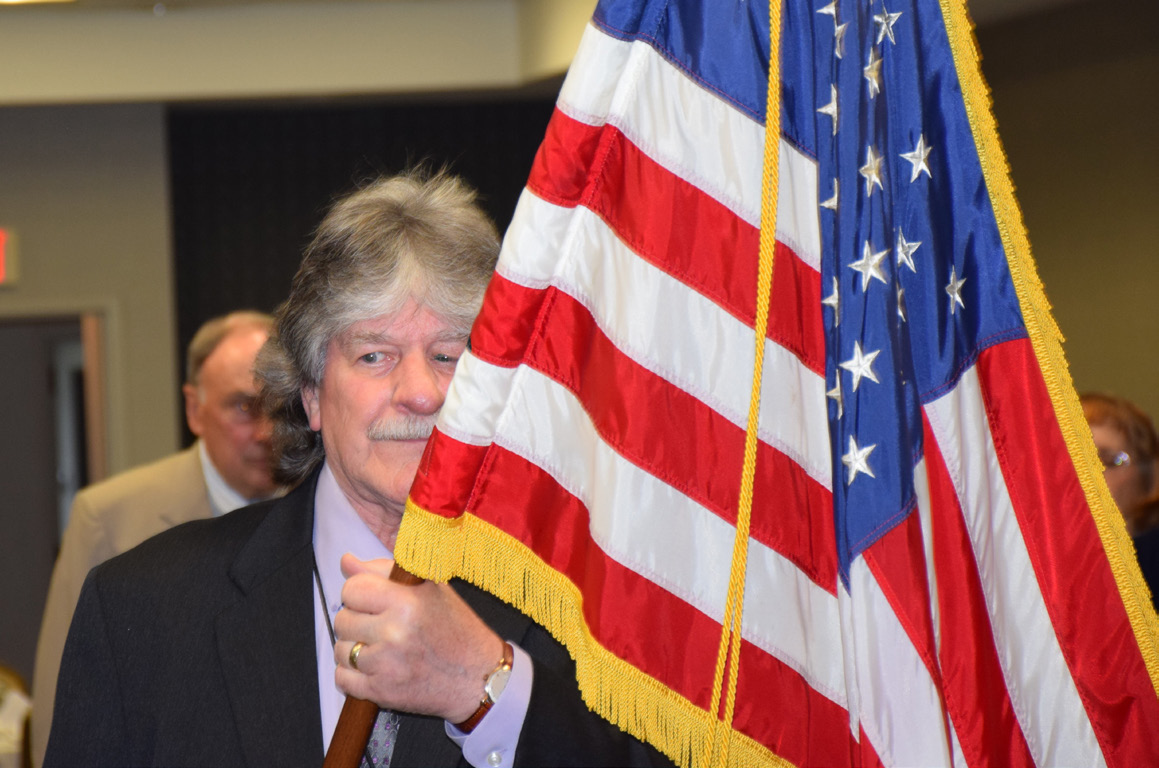
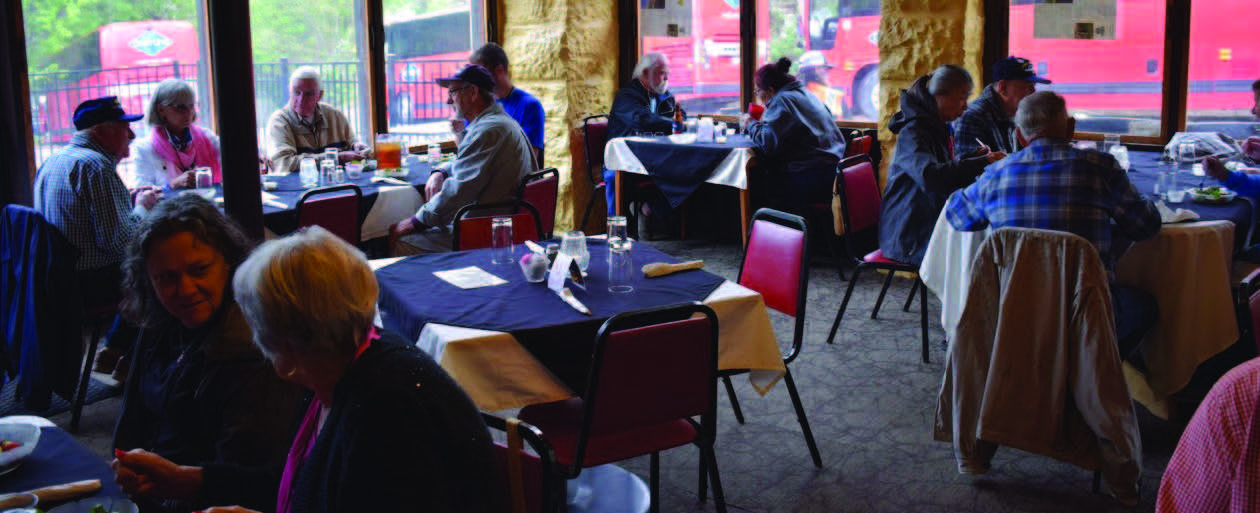

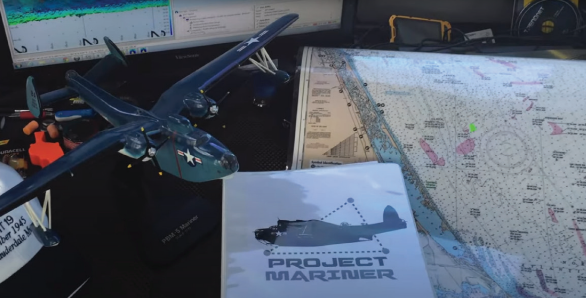

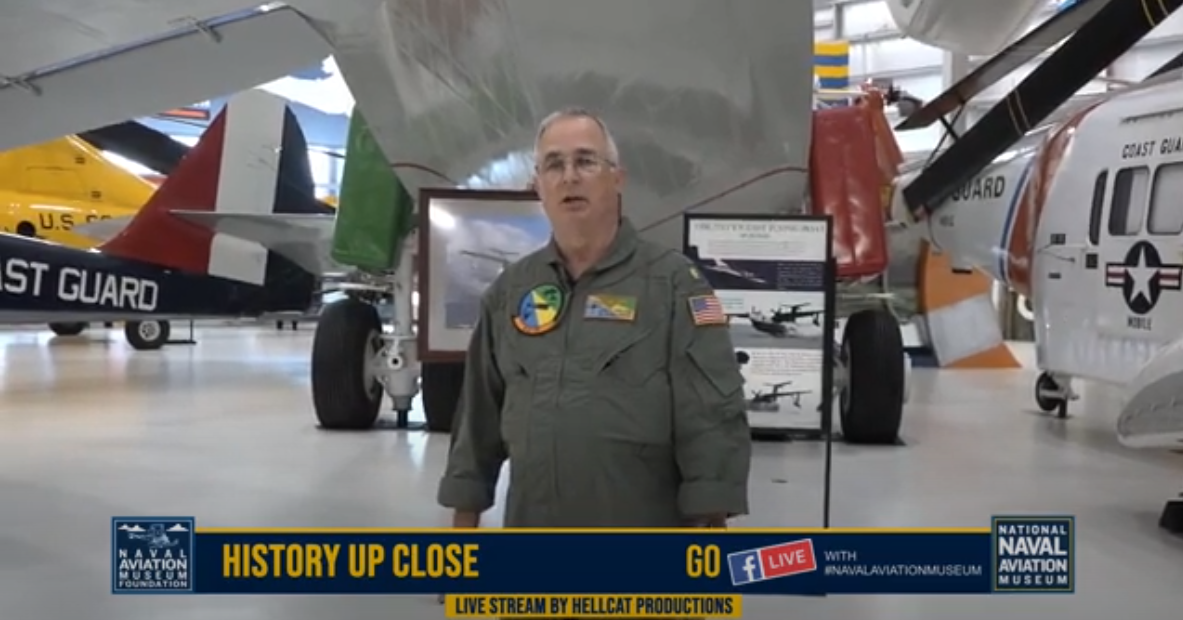
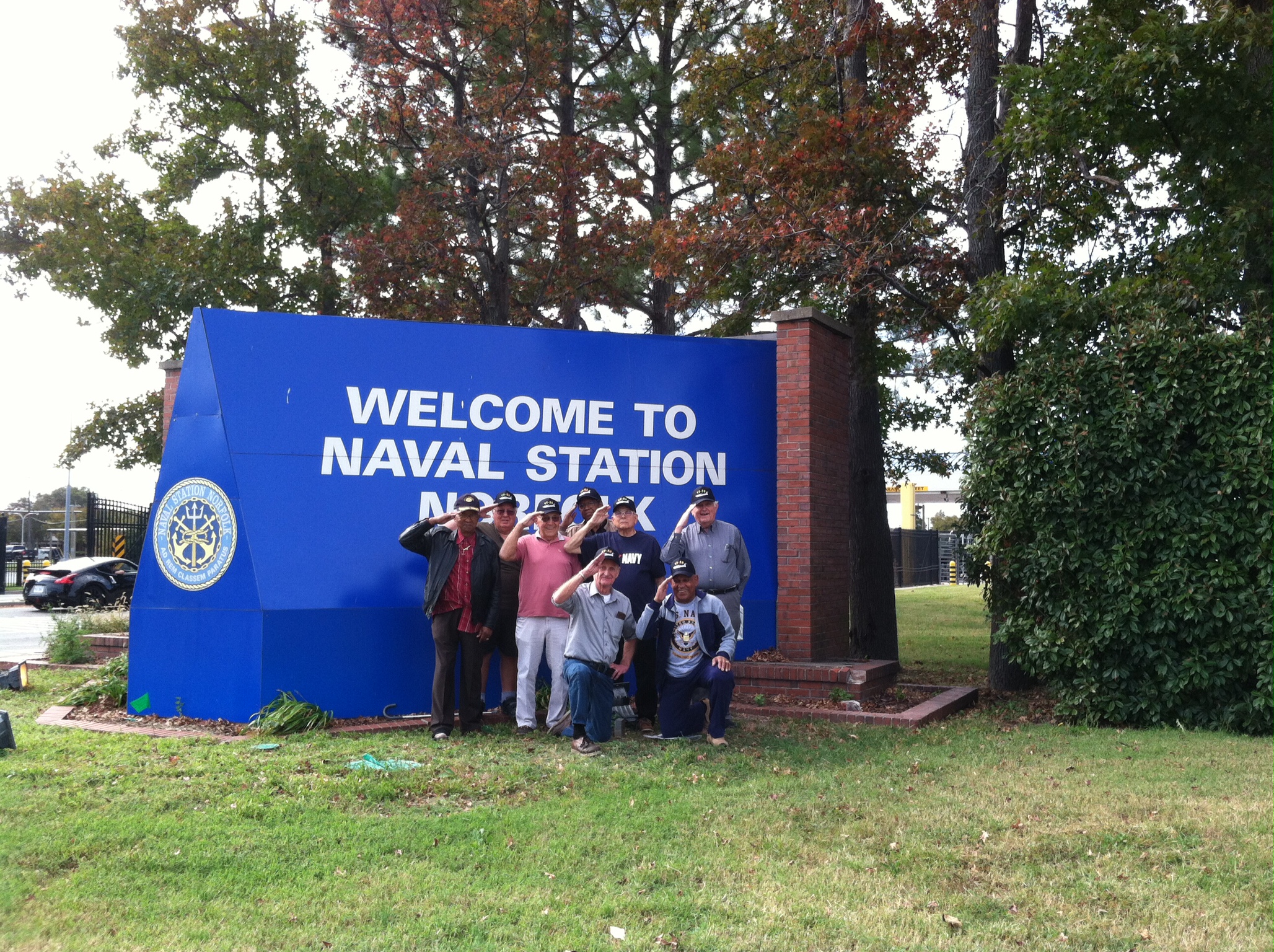
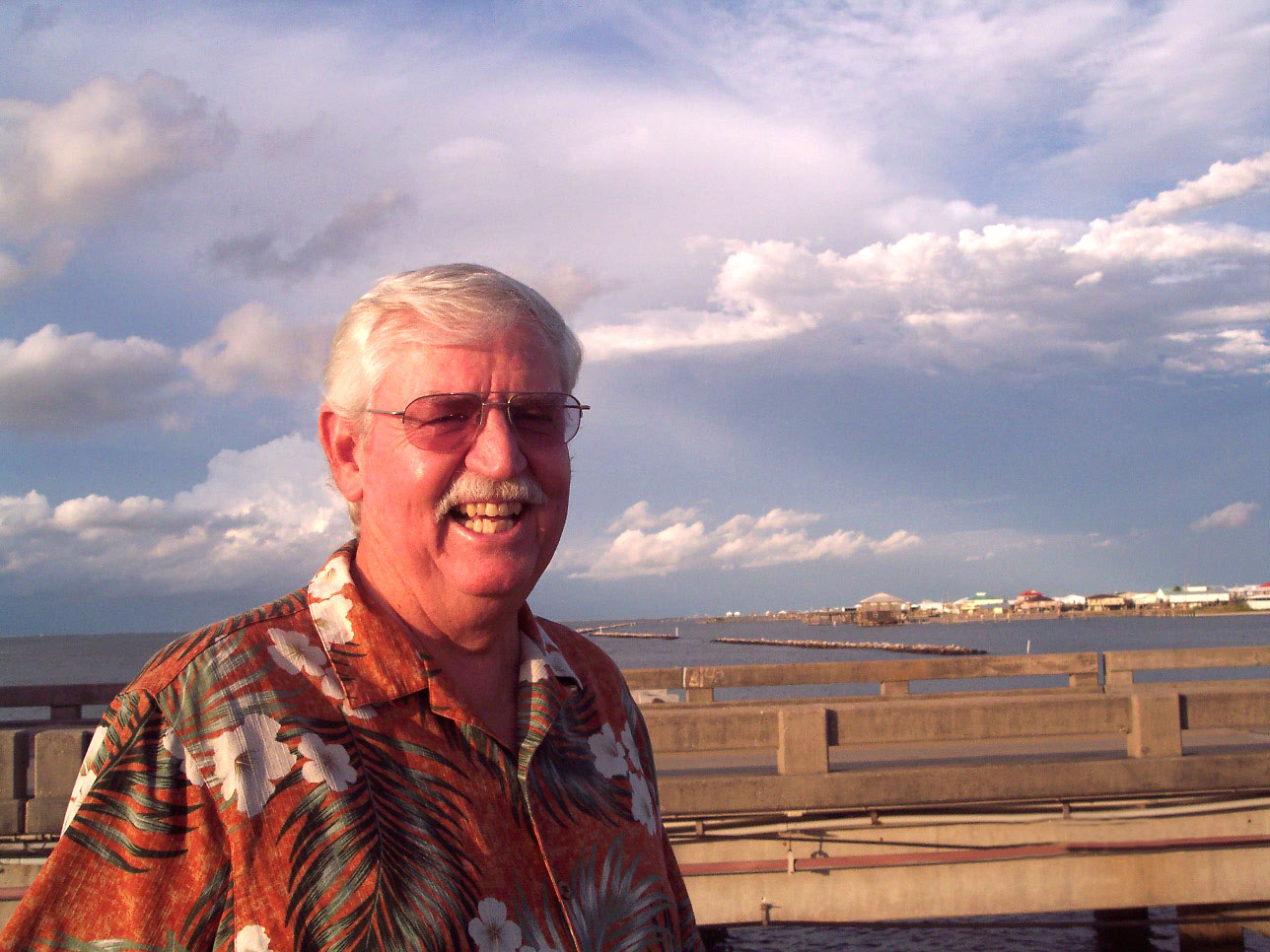
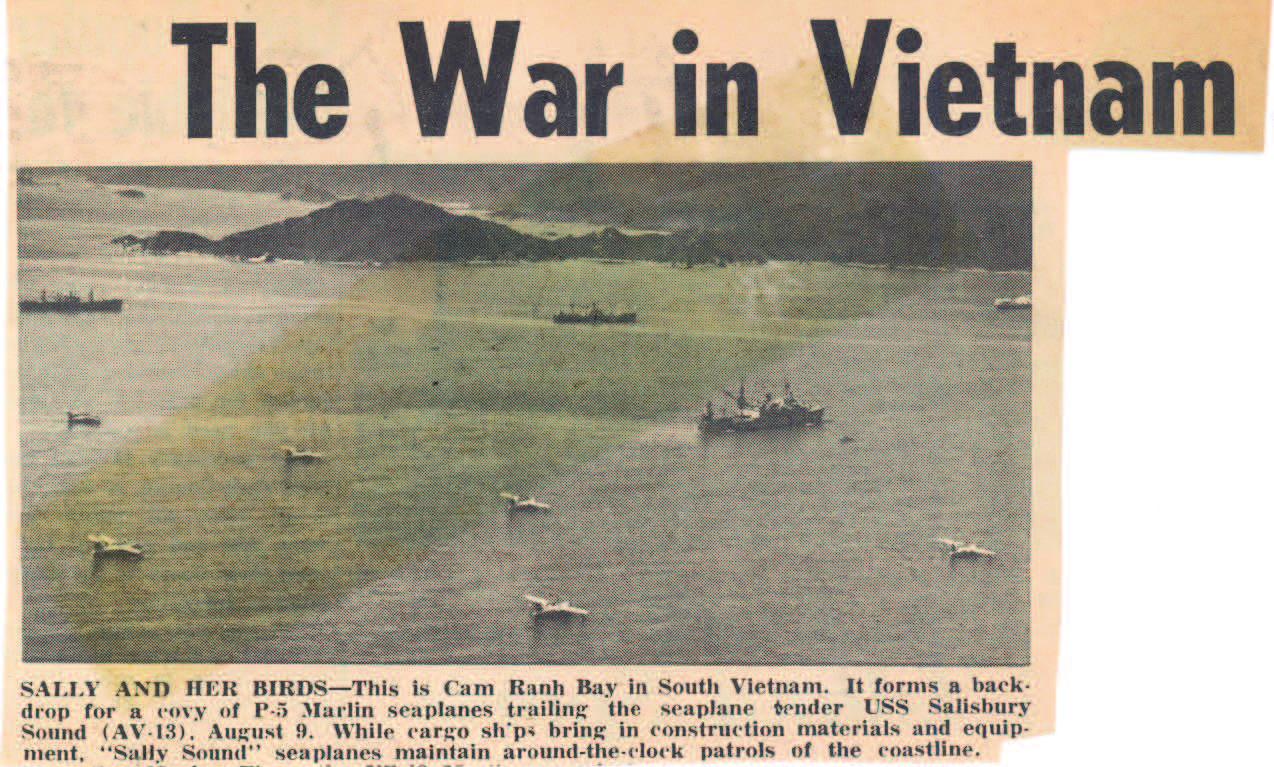
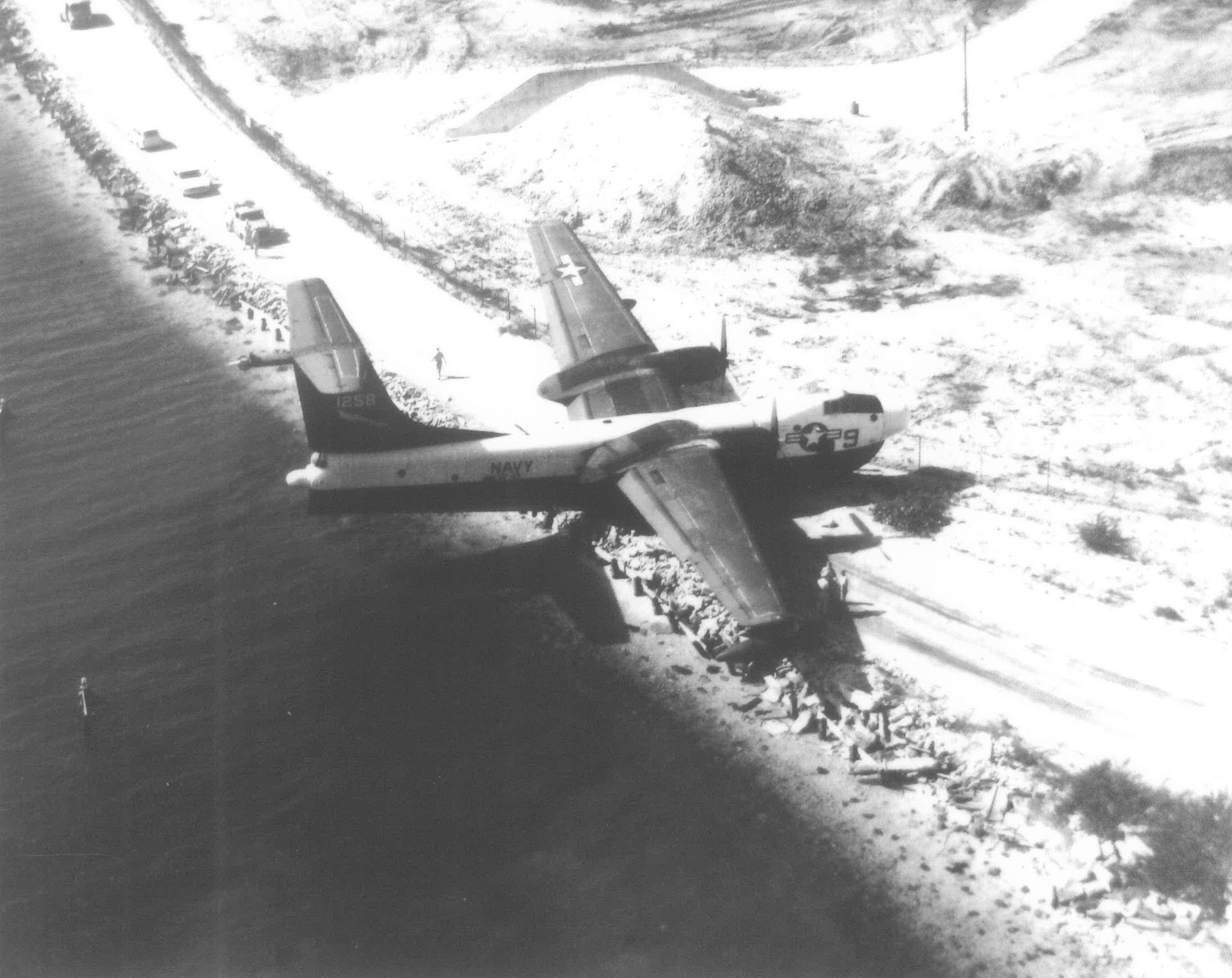
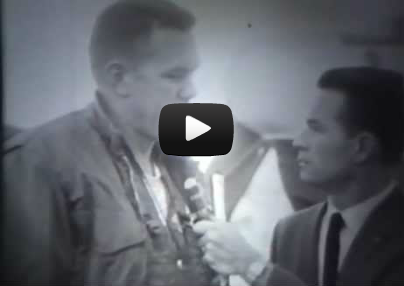
3 Comments
Carl Meynardie (a.k.a. J.R.)
September 29, 2018, 08:03Found this site after talking the a, now long retired, Naval Aviator who was present when this plane crashed told his story. Very interesting story.
REPLYCharles Foster
August 20, 2019, 23:15I was at N.A.S Alameda in Jan. 1958 and drew the job of taking a fuel truck on a barge to de-fuel the R3Y. It was a windy overcast and cold day one of my most miserable days of my navy career.I was there about 12 hr. had to stop quite often we were afraid the plane was going to break apart.Finally removed about 12 hundred pounds of fuel. I ended my navy career Dec. 1958 at N.A.S Alameda.
281-610-0040 Mobile. Ok. to call. Houston, Tx.
REPLYRobert J Whittaker
February 22, 2020, 11:09Excellent historical article on the Convair R3Y Sea Plane.
REPLY